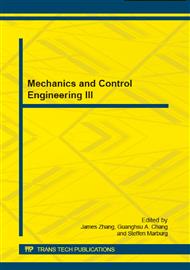p.48
p.58
p.63
p.70
p.79
p.85
p.93
p.98
p.102
Estimation of Thermal Effect of Ground Moisture Condensation on Heat Transfer outside Geothermal Borehole
Abstract:
This article contains the results of theoretical research carried out with financial support from the Ministry of Education and Science of the Russian Federation (contract ID RFMEFI57914X0026) and demonstrates the need to consider the changes in ground heat transfer properties in geothermal borehole heat modeling, due to moisture condensation/evaporation in the ground pores. In GSHP systems design, the quantity of the boreholes is often overestimated and the associated parameters oversized while the extent of the ground heat transfer is underestimated. This is due to the incorrect assessment of the ground moisture content, which affects the ground heat transfer properties. This article presents the mathematical simulation of the ground pore moisture condensation at the GSHP boreholes. Also presented is numerical data derived from the calculations to assess the effect of the ground pore moisture condensation on the borehole heat transfer efficiency.
Info:
Periodical:
Pages:
79-84
Citation:
Online since:
December 2014
Authors:
Price:
Сopyright:
© 2015 Trans Tech Publications Ltd. All Rights Reserved
Share:
Citation:


